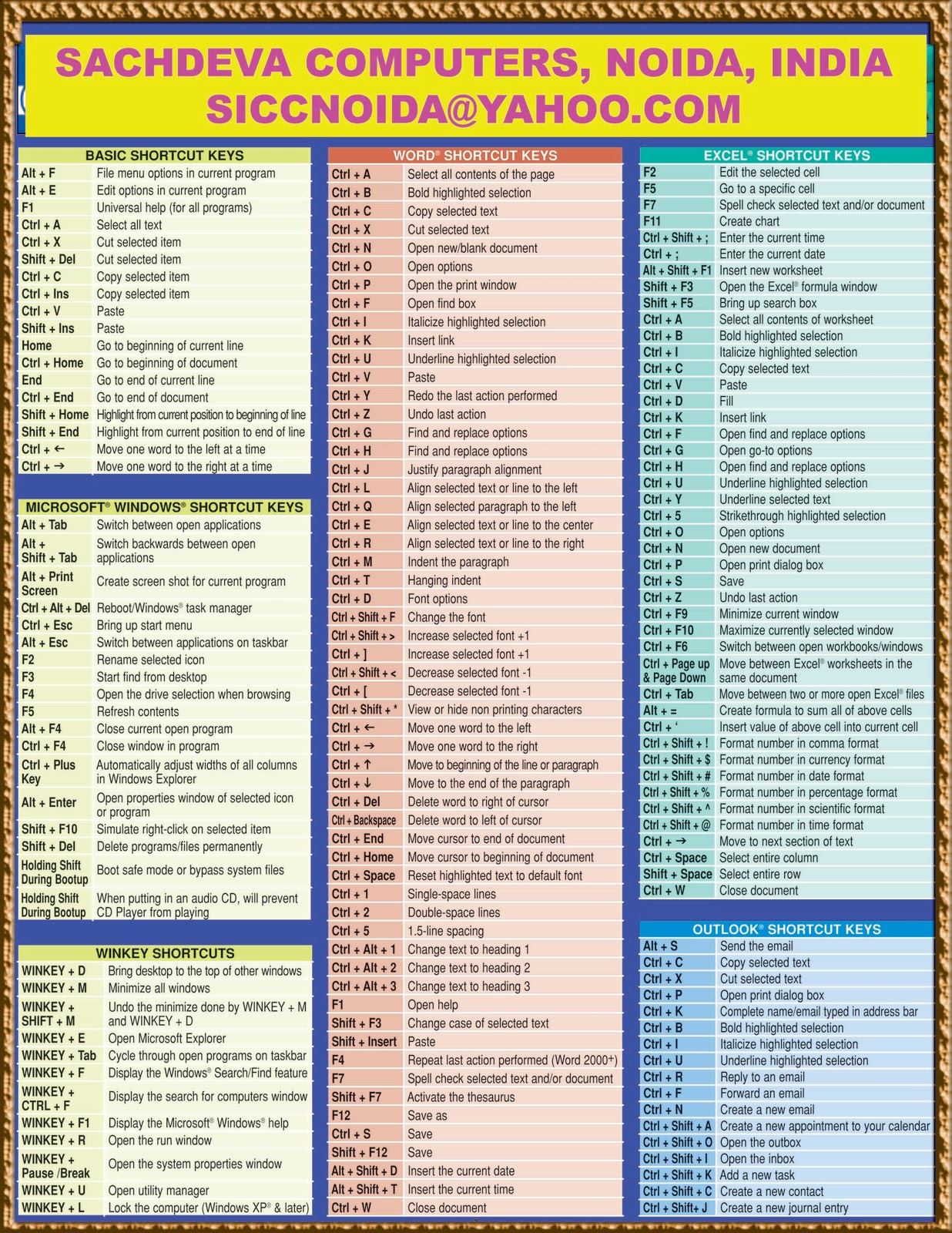

Toggle the case of the selected text between small caps and all caps.Ĭtrl+Right bracket (]) or Ctrl+Shift+Greater-than sign (>)Ĭtrl+Left bracket ([) or Ctrl+Shift+Less-than sign (<) Switch the case of the first letter in a selected word or line. To do thisĭisplay the Format Text tab on the ribbon. This table lists the keyboard shortcuts for formatting text in email messages, appointments, or meeting invitations in Outlook. Select the InfoBar and, if available, show the menu of commands.Īlt+V, B, and then C for Calendar, P for People, T for Tasks, or O for Off Go forward to next view in the main Outlook window. Go back to previous view in the main Outlook window. In the Reading pane, page up through the text.Ĭollapse or expand a group in the email message list. In the Reading pane, page down through the text.

In the Reading pane, go to the previous message.Īlt+Up arrow key or Ctrl+Comma (,), or Alt+Page Up Move between the Navigation pane and the calendar. Move around message header lines in the Folder pane or an open message. Move between the ribbon and the calendar. Move between the Outlook window, the smaller panes in the Folder pane, the Reading pane, and the sections in the To-Do bar. Move between the Folder pane, the main Outlook window, the Reading pane, and the To-Do bar. Switch to the Folder list in the Folder pane.

Shortcuts for basic navigation To do this Open the Save As dialog box on the Attachment tab. To do thisĭelete an item (when a message, task, or meeting is selected).Ĭtrl+C or Ctrl+Insert Note: Ctrl+Insert is not available in the Reading pane.Īlt+H, M, V, and select a folder from the list This table lists the most frequently used shortcuts in Outlook. If you have to press one key immediately after another, the keys are separated by a comma (,).
#Outlook keyboard shortcuts plus#
If a shortcut requires pressing two or more keys at the same time, this topic separates the keys with a plus sign (+).For users with mobility or vision disabilities, keyboard shortcuts can be easier than using the touchscreen and are an essential alternative to using a mouse. The built-in functionality is 99% what I need,īut the ergonomic issue may make it unusable for me.Many users find that using an external keyboard with keyboard shortcuts for Microsoft Outlook helps them work more efficiently. Was wondering if this issue had been corrected in 2013 (or there was an easy workaround that doesn't involve writing and maintaining a separate macro or installing/maintaining a separate program like AutoHotKeys). Can do it opposite, but requires more conscious thought and is more subject to error (which defeats the whole purpose when I have to go fish a mis-acted on email out With my left hand and select the action (a different key every time) I want with my right. I'm right-handed so it's much more natural for me to hold down the same two control keys (alt-shift) The keypad values do different things and you can't substitute the keys - you need to use the row numbers with the QAT."Įrgonomically, the number keys on the numpad are far superior to the ones above the keyboard for processing email quickly and easily (and without carpel tunnel!). When I use the keys on my keypad, Outlook does funny things like collapsing all the day's e-mails into the "Today" heading."Ĭorrect. When I use the number keys above my QWERTY keys, all is well. "I assigned hotkeys to several Quick Steps, and used the suggested convention of Ctrl + Shift +1, Ctrl + Shift + 2.


 0 kommentar(er)
0 kommentar(er)
